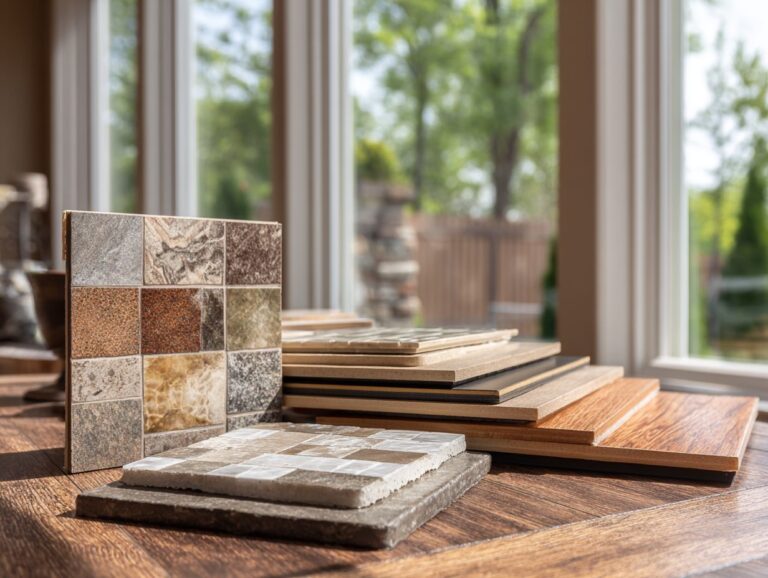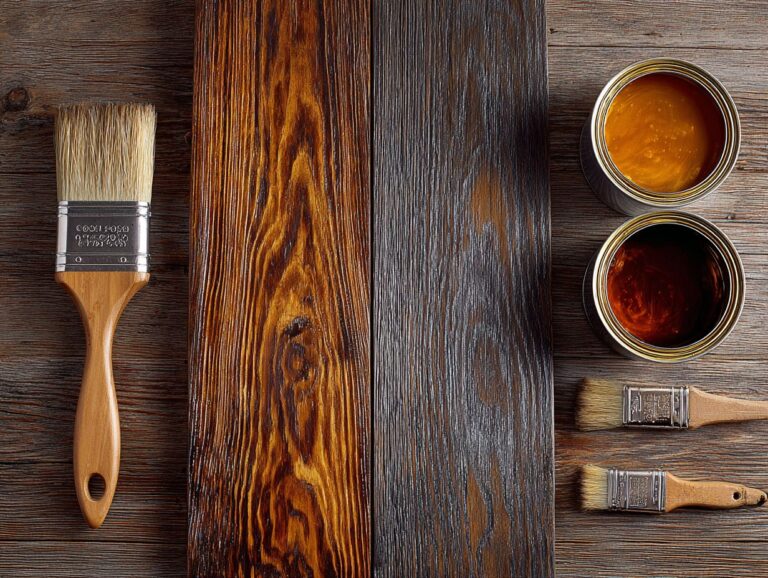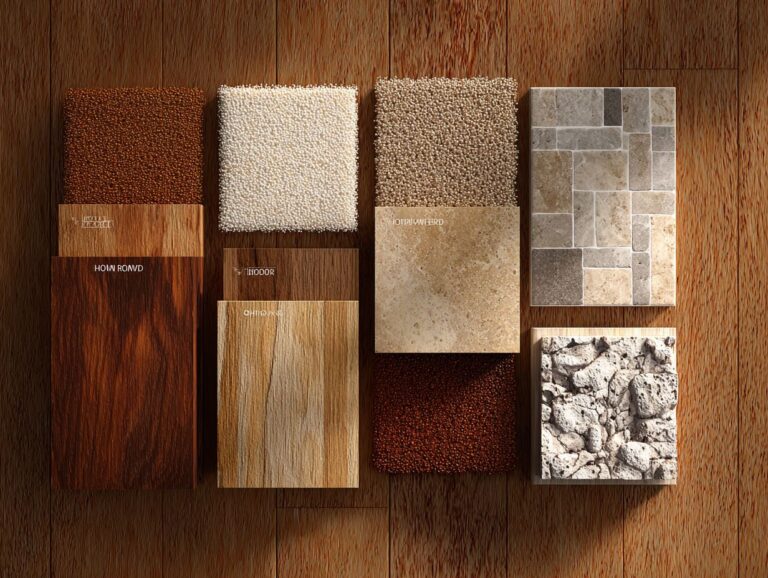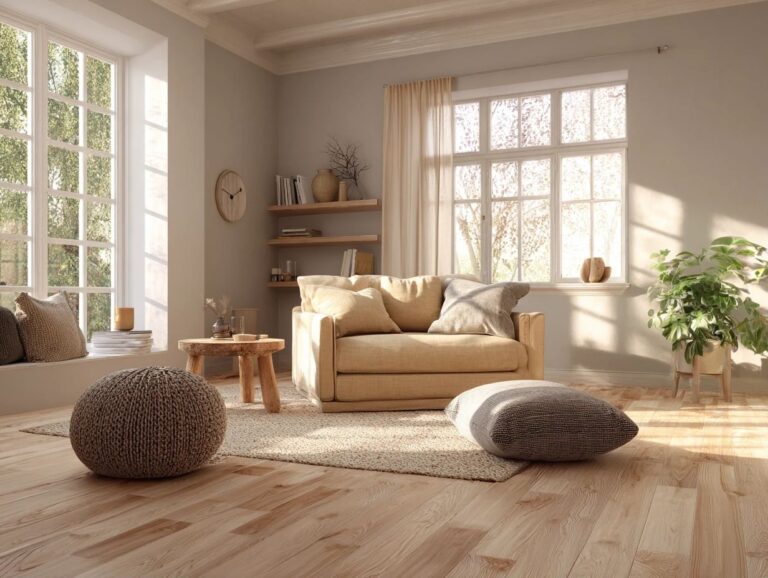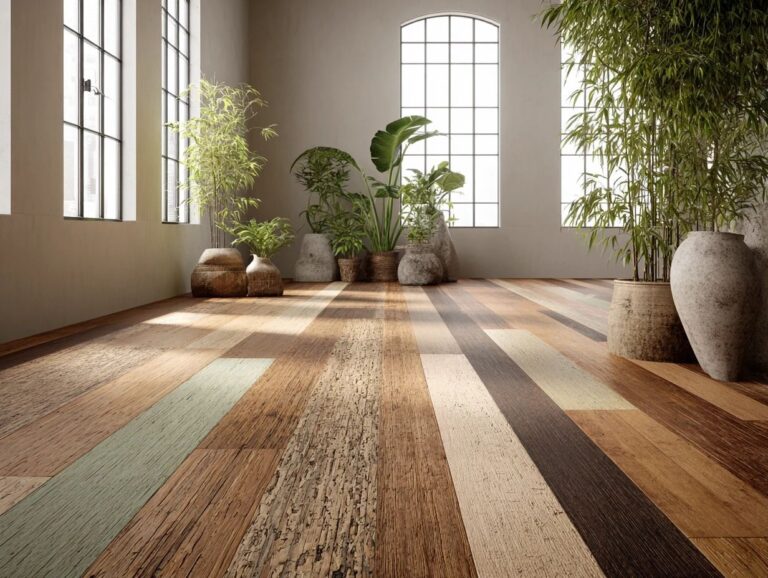Vinyl Plank Separation – Causes and Remedies
Vinyl plank flooring is a popular choice for homeowners in Chicago, but separation issues can arise, leading to minor scratches or even significant damage. Knowing how to fix your floor is key to keeping it looking good and working well. In this article, we’ll look at common reasons why vinyl planks might separate and provide practical solutions, along with expert tips to help you maintain your flooring well. Join us as we look into solutions from Simple Flooring for long-lasting results.
Key Takeaways:
Contents
- Understanding Vinyl Plank Separation
- Causes of Vinyl Plank Separation
- Vinyl Plank Flooring Issues and Statistics
- Preventing Vinyl Plank Separation
- Remedies for Vinyl Plank Separation
- When to Call a Professional
- Frequently Asked Questions
- What causes vinyl plank separation?
- Can vinyl plank separation be prevented?
- What can I do if my vinyl planks are already separating?
- Are there any long-term solutions for vinyl plank separation?
- Can extreme temperatures cause vinyl plank separation?
- Is there a way to repair separated vinyl planks without replacing them?
What is Vinyl Plank Flooring?
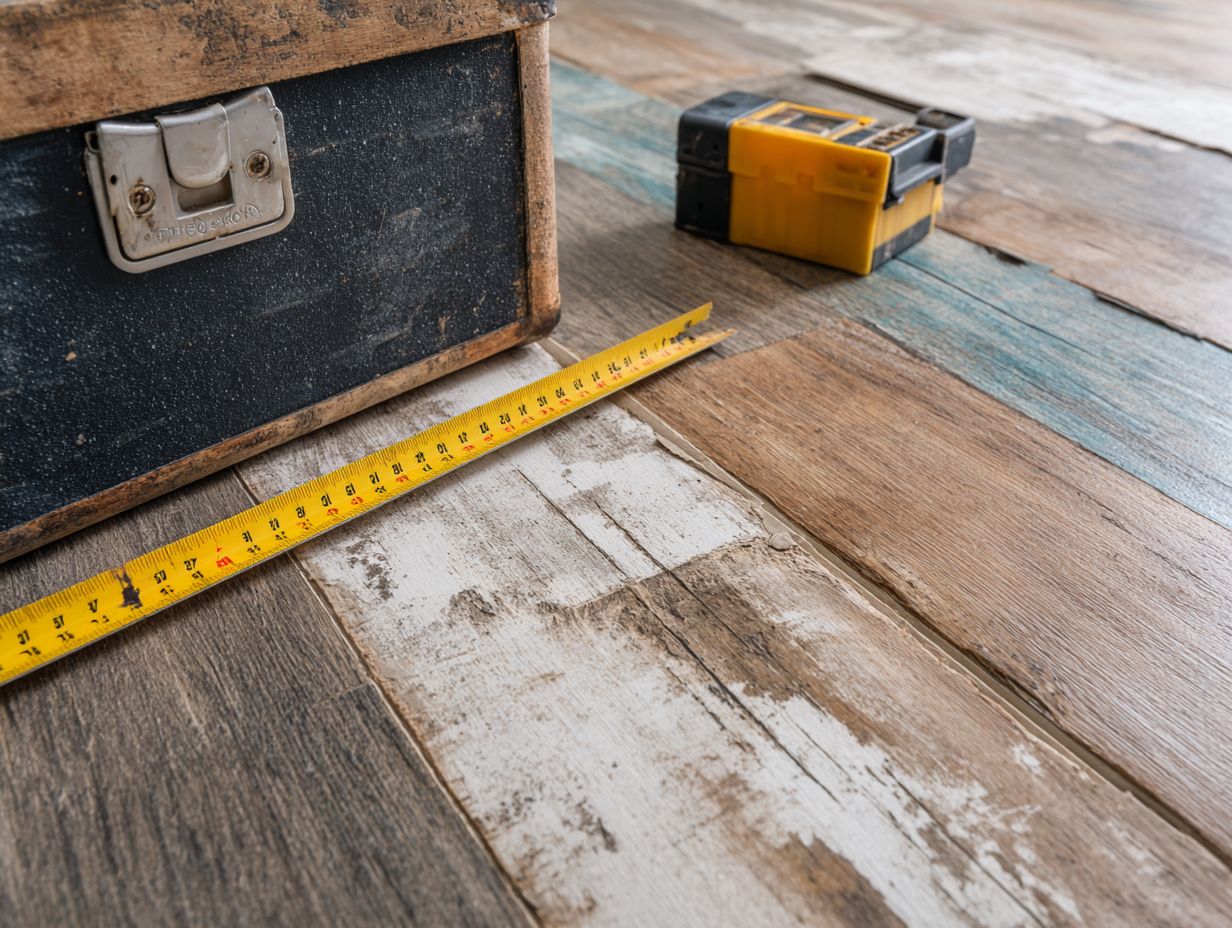
Vinyl plank flooring is a synthetic flooring product designed to mimic the appearance of natural wood while providing improved water resistance and durability.
Typically composed of multiple layers, vinyl plank flooring features a solid core, a vinyl layer for design, and a wear layer for protection. Its thickness usually ranges from 4mm to 8mm, striking a balance between comfort and stability.
This flooring works well in different places; for example, it can make living rooms or kitchens look better at home, and in offices, it’s durable and easy to keep clean.
Retail spaces benefit from its water resistance, especially in areas where spills are common, combining practicality with design.
Benefits of Vinyl Plank Flooring
Vinyl plank flooring has major advantages such as being budget-friendly, simple to install, and resistant to water, which makes it perfect for areas with a lot of foot traffic.
One of the standout features of vinyl plank flooring is its ease of installation, often allowing homeowners to complete a project within a day.
Click-lock planks let you put in the floor without glue or nails, making it simple for do-it-yourself enthusiasts. Tools like a utility knife for cutting and a tapping block for secure fitting are typically all you need.
Brands like LifeProof and Shaw offer moisture-resistant variants, perfect for kitchens and bathrooms, ensuring your investment lasts and looks great. If you are interested in weighing the costs of installation methods, our DIY vs Professional Flooring Installation – Cost Analysis can provide valuable insights.
Understanding Vinyl Plank Separation
Vinyl plank flooring can sometimes pull apart due to different reasons, causing gaps and an uneven floor that need fixing. This issue can be similar to problems faced with other types of flooring, such as laminate floor peaking and buckling, which have their own set of solutions.
What is Vinyl Plank Separation?
Vinyl plank separation occurs when planks pull apart or lift, creating visible gaps that compromise both appearance and functionality.
This phenomenon often arises in areas with fluctuating temperatures or excessive moisture, leading to expansion and contraction of the material.
For instance, installing vinyl planks in bathrooms without proper moisture barriers can exacerbate separation. To prevent this, maintain a stable indoor climate and use a dehumidifier in high-humidity areas.
Consider leaving an expansion gap around the room’s perimeter during installation to accommodate the natural movement of the planks. Regular inspections can help catch early signs of separation before they escalate into a larger issue.
Common Symptoms of Separation
Some signs of vinyl plank separation are gaps you can see between the planks, noises like squeaks when you walk on them, and surfaces that aren’t level.
To evaluate how serious the separation is, check how wide the gap is at different spots along the area affected. A gap wider than 1/8 inch typically signals that the planks need professional attention.
Consider using a level to check for uneven surfaces; any deviation greater than 1/4 inch over a 10-foot span may require correction. For less serious cases, applying a wood adhesive might help stabilize the flooring temporarily.
If you notice significant movement or ongoing noise, replacement or professional repair is advisable.
Causes of Vinyl Plank Separation
Knowing what causes vinyl plank separation is important for stopping it and fixing it. This can happen due to how it’s installed or the environment.
Vinyl Plank Flooring Issues and Statistics
Vinyl Plank Flooring Issues and Statistics
Market and Health Information: Health and Environmental Issues
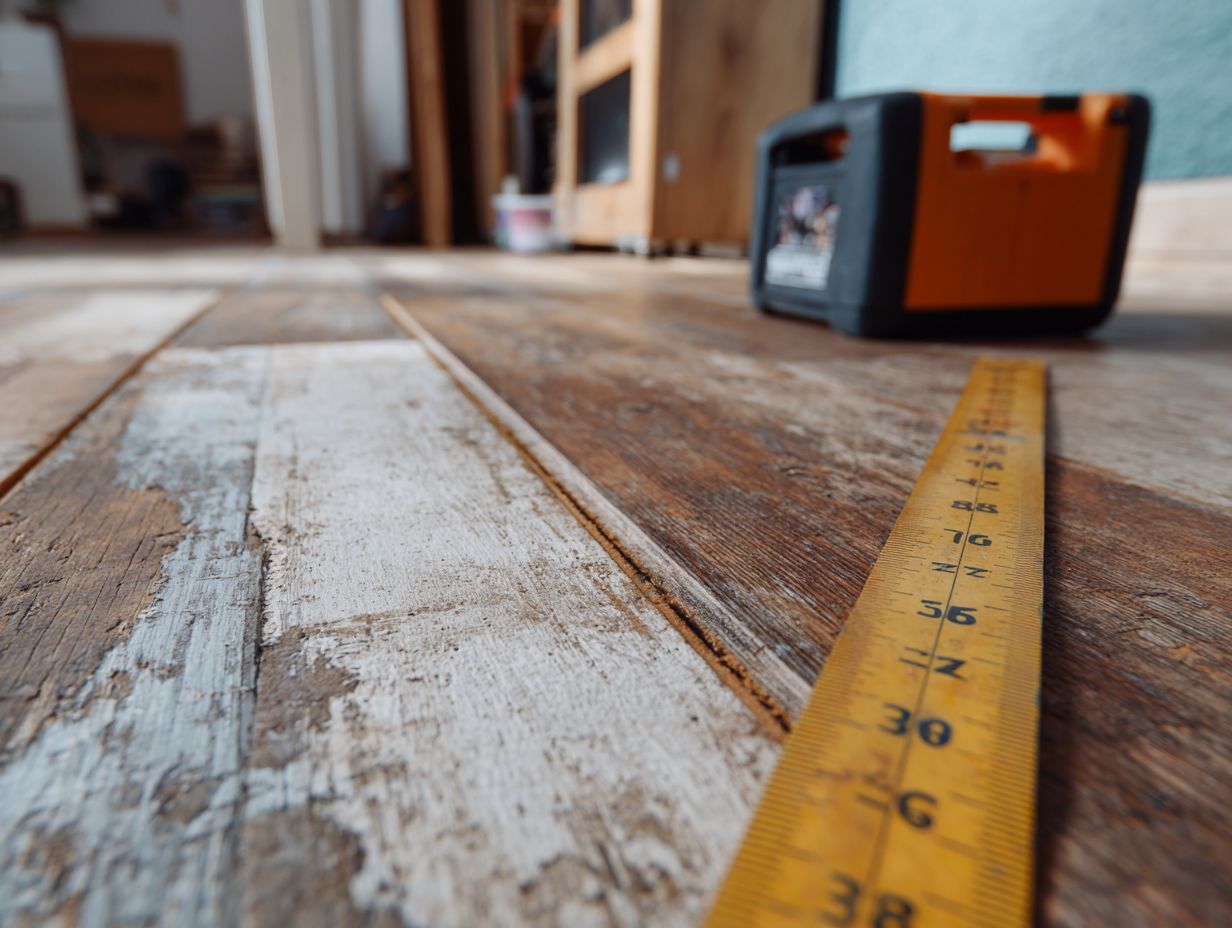
Vinyl Plank Flooring Issues and Statistics provide information about the market trends of luxury vinyl tile (LVT) and related health and environmental issues. This data reveals both the popularity of vinyl flooring and the potential risks linked to its use in residential spaces.
Market and Health Insights indicate a substantial 27.6% market share for LVT, highlighting its popularity due to durability, affordability, and aesthetic variety. The $9.42 billion sales figure This highlights its economic influence, establishing it as an important part of the flooring market. LVT’s growth shows that consumers like strong flooring options that look like wood and stone.
- Health and Environmental Concerns: The data reveals that 56% of homes use vinyl or linoleum floors, affirming its widespread use. But, these floors have a connection with 100% higher concentrations of BBzP (benzyl butyl phthalate) in the home environment. BBzP is a chemical used to soften plastics, including vinyl, and its presence raises environmental health concerns. Furthermore, the data shows 100% higher urinary BBzP levels in occupants of homes with vinyl flooring, suggesting potential health implications due to exposure.
This combination of market success and health concerns calls for a balanced view on vinyl flooring. While it commands a significant portion of the market and offers practical benefits such as ease of maintenance and cost-effectiveness, the environmental and health concerns related to chemical exposure necessitate attention. Homeowners and industry stakeholders are encouraged to consider alternative materials or mitigation strategies, such as improved ventilation and product innovation, to reduce potential health risks.
In summary, the Vinyl Plank Flooring Issues and Statistics dataset highlights the dual narrative of vinyl flooring’s market prevalence and the need for awareness about its associated health risks. It suggests the importance of ongoing research, consumer education, and industry innovation to address and mitigate these concerns while maintaining the flooring’s popularity and practicality.
Improper Installation Techniques
One major cause of vinyl plank separation is improper installation, such as failing to leave adequate expansion gaps or using inadequate adhesives.
To avoid this problem, leave a 1/4-inch space around the edges of the room. This allows for necessary contraction and expansion due to temperature changes.
Always choose a high-quality vinyl flooring adhesive, like Roberts 6700, which helps securely bond the planks and prevents separation.
When applying the adhesive, follow the manufacturer’s instructions for both application and drying time to achieve optimal results. These actions can greatly extend the lifespan of your vinyl plank flooring.
Moisture and Humidity Issues
Moisture problems can lead to vinyl plank separation, particularly in areas with high humidity levels, which can cause planks to swell and warp.
To address this issue, keep indoor humidity between 30% and 50%. A hygrometer is useful for checking humidity levels. It is a good idea to have one in each room, especially in basements where moisture tends to build up.
Installing moisture barriers can prevent excessive dampness. In basements, use polyethylene sheets to create a barrier against ground moisture, ensuring proper sealing around walls and seams. For related challenges, such as laminate floor buckling and peaking, learn more about effective solutions that can be applied.
These proactive measures can significantly extend the life of your vinyl plank flooring.
Temperature Fluctuations
Temperature fluctuations can cause vinyl planks to expand and contract, leading to separation if the flooring is not properly acclimated before installation.
To successfully acclimate vinyl flooring, place the unopened boxes in the intended installation area for at least 48 hours. Make sure the room temperature remains between 65 degreesF and 85 degreesF. This is important for places like basements or garages, which can change outside this range.
If installing in a high-humidity location such as a bathroom, monitor moisture levels with a hygrometer. Before laying the flooring, check that each plank feels at room temperature, ensuring optimal adhesion and performance post-installation.
Subfloor Problems
Issues with the subfloor, such as uneven surfaces or moisture problems, can directly contribute to the separation of vinyl planks over time.
To make sure the installation goes well, begin by carefully checking the subfloor. Look for dips or raised areas using a long level or straightedge; a discrepancy of over 1/8 inch per 10 feet requires leveling compound to address.
Next, use a moisture meter to check for any moisture issues, as excessive moisture can cause planks to warp. If readings exceed 12%, consider remedial measures such as sealing the subfloor or improving ventilation. Preparing properly before installing will extend the life of your vinyl flooring.
Wear and Tear Over Time
As vinyl planks age, regular wear and tear can lead to separation, especially in high-traffic areas or where heavy furniture is placed.
- To tackle this issue, first, regularly inspect your flooring for gaps or lifting edges.
- If you notice signs of wear, consider applying a vinyl floor adhesive to reattach loose planks.
- Use floor protectors under heavy furniture to distribute weight evenly and prevent indentations.
- Implement a cleaning routine using a damp mop with a pH-neutral cleaner to avoid damaging the surface.
- Get a professional to check your equipment every year so it lasts longer and works well.
Investing time in these practices can significantly extend the life of your vinyl flooring.
Preventing Vinyl Plank Separation
To stop vinyl planks from separating, use correct installation methods, regular upkeep, and control the environment to keep the floor in good condition over time.
Choosing the Right Installation Method
Selecting the correct installation method can significantly reduce the risk of vinyl plank separation, whether opting for glue-down, floating, or click-lock techniques.
Each method has its own advantages.
Glue-down installations create a strong, lasting hold, reducing the chance of shifting. This makes them perfect for places with lots of foot traffic or business environments. This method can be more labor-intensive and requires acclimation of planks to the environment.
On the other hand, floating installations are easier to install and are suitable for DIY enthusiasts, as they allow for expansion and contraction without direct attachment to the subfloor.
For a quick and seamless finish, the click-lock system offers a user-friendly approach, allowing planks to lock together without adhesives, but may not be as stable in humid conditions. Related insight: Click-Lock Installation Systems – Tips and Tricks provide further guidance on maximizing effectiveness with this method.
Maintaining Optimal Humidity Levels
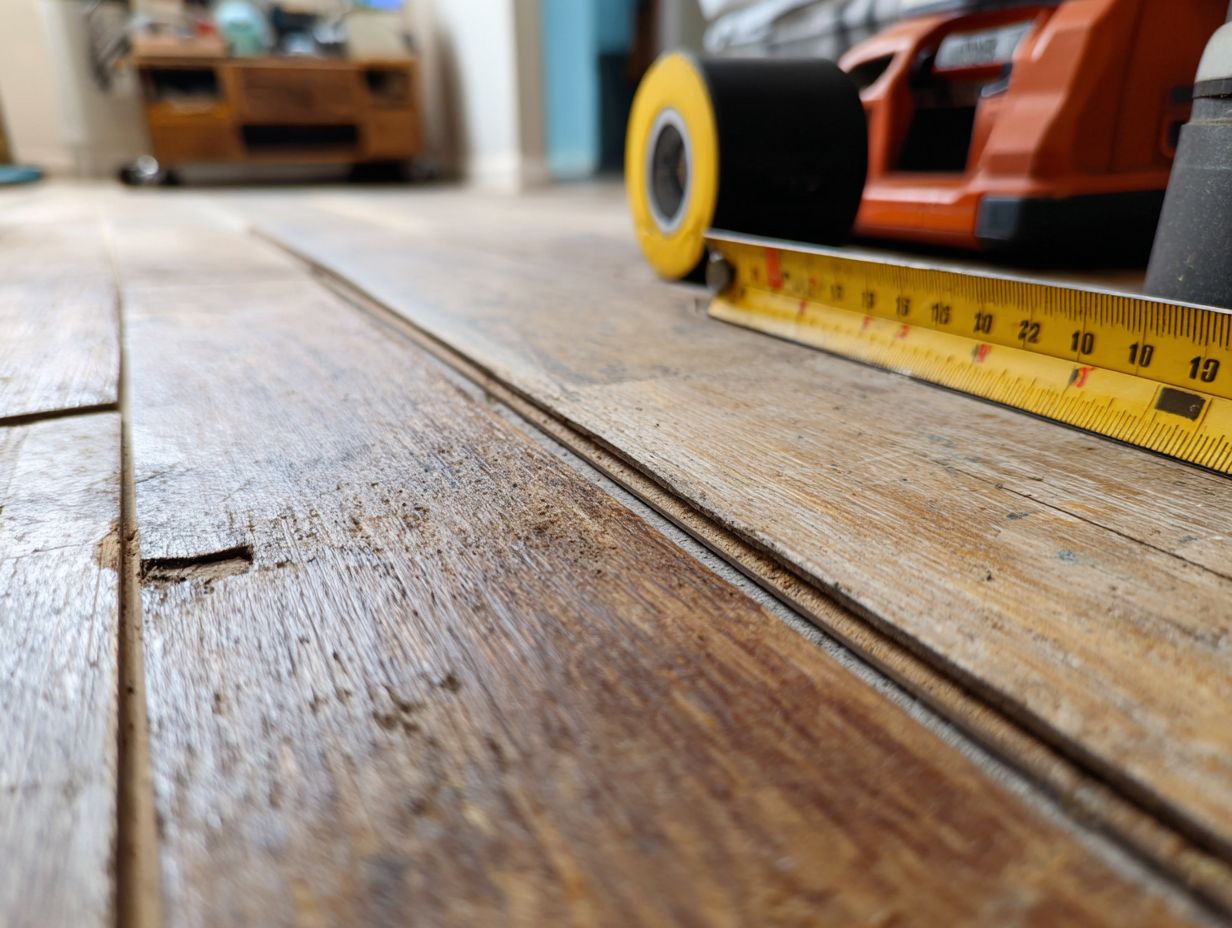
Keeping your home’s humidity between 30-50% is important to prevent vinyl plank separation and extend the life of your flooring.
To achieve this, monitor indoor humidity using a hygrometer placed in key areas like living rooms and basements.
If levels exceed 50%, a dehumidifier can effectively reduce moisture; select one with an auto-shutoff feature for convenience.
Conversely, during dry months, employ a humidifier to maintain moisture, especially in bedrooms.
Regularly adjusting your HVAC system or using bathroom exhaust fans after showers also helps balance humidity levels, creating a comfortable environment that protects your flooring.
Temperature Control in Installation Areas
Controlling the temperature during and after installation is essential, as vinyl planks are sensitive to extreme heat and cold, which can trigger separation.
-
To have a successful installation, keep the temperature between 65 degreesF and 85 degreesF in the area where the installation will be done.
-
Avoid direct sunlight on your planks before installation, as this can cause thermal expansion and lead to problems later on.
-
Consider using a thermometer to regularly check the room temperature, and use fans or heaters to adjust as necessary.
-
After installation, keep the environment consistent to allow the vinyl planks to acclimate, reducing the risk of separation or warping.
Regular Maintenance and Inspections
Doing regular check-ups can find early signs of parts coming apart, letting you fix them quickly.
Homeowners should establish a maintenance schedule that includes quarterly inspections of their flooring. During these checks, look for gaps, misalignment, or movement.
Use gentle cleaners such as vinegar and water or specialized floor care products to keep surfaces clean without damaging them. Consider investing in a moisture meter to check for excess humidity, which can lead to separation.
If you notice any issues during inspections, address them immediately by tightening loose boards or consulting a professional for repairs.
Remedies for Vinyl Plank Separation
If vinyl planks come apart, quick solutions can fix the problem.
You can try repairing it yourself or hire a professional to do it.
Reinstallation Techniques
In cases where there is a large gap, you might need to reinstall. This requires specific methods to make sure it matches the current flooring perfectly.
To begin reinstallation, first, loosen the affected planks using a pry bar, being cautious not to damage adjacent pieces.
Next, apply a quality wood adhesive to the edges and carefully reposition the planks. Use a tapping block to fit the edges tightly and protect the surface.
Allow the adhesive to cure as per manufacturer instructions, usually 24 hours. If you prefer professional help, expect to pay between $200 to $500, depending on the area and complexity of the job.
Using Adhesives for Repair
Using the right vinyl flooring adhesive can effectively repair minor separations and maintain the integrity of your flooring.
To make sure the repair works, pick one of these two adhesives:
- pressure-sensitive
- hard-set
Pressure-sensitive adhesive is ideal for areas with slight movement, while hard-set adhesive works well for permanent bonds.
Start by cleaning the separated sections thoroughly. Apply the adhesive using a notched trowel for even distribution. Push the planks against each other and roll a heavy object over them to make a tight seal.
Always wear gloves and a mask for safety. Allow the adhesive to cure for at least 24 hours before walking on the surface.
Addressing Moisture Problems
Fixing moisture issues is essential to stop vinyl planks from separating, especially in places with high humidity or water exposure.
- Start by using a moisture meter to identify problem areas. For areas above 12% moisture content, consider installing a moisture barrier during initial installation or repairs to mitigate risks.
- Keep air moving and use a dehumidifier in constantly wet places to keep humidity low. Regular checks can prevent damage; schedule quarterly inspections to monitor moisture levels and address any potential issues early.
By integrating these methods, you can significantly extend the life of your vinyl flooring.
Replacing Damaged Planks
Replacing damaged planks is often necessary to restore the appearance and functionality of your vinyl flooring after significant separation or damage.
- Start by selecting planks that match your existing flooring. Use a utility knife to carefully cut around the damaged area, ensuring a clean edge.
- A floor scraper can help lift the old planks without damaging the surrounding ones. If you’re unsure about matching the color or pattern, consider visiting a flooring retailer for samples or advice.
- For professional help, expect costs to range from $75 to $200 per plank replacement, depending on the extent of the damage and local labor rates.
When to Call a Professional
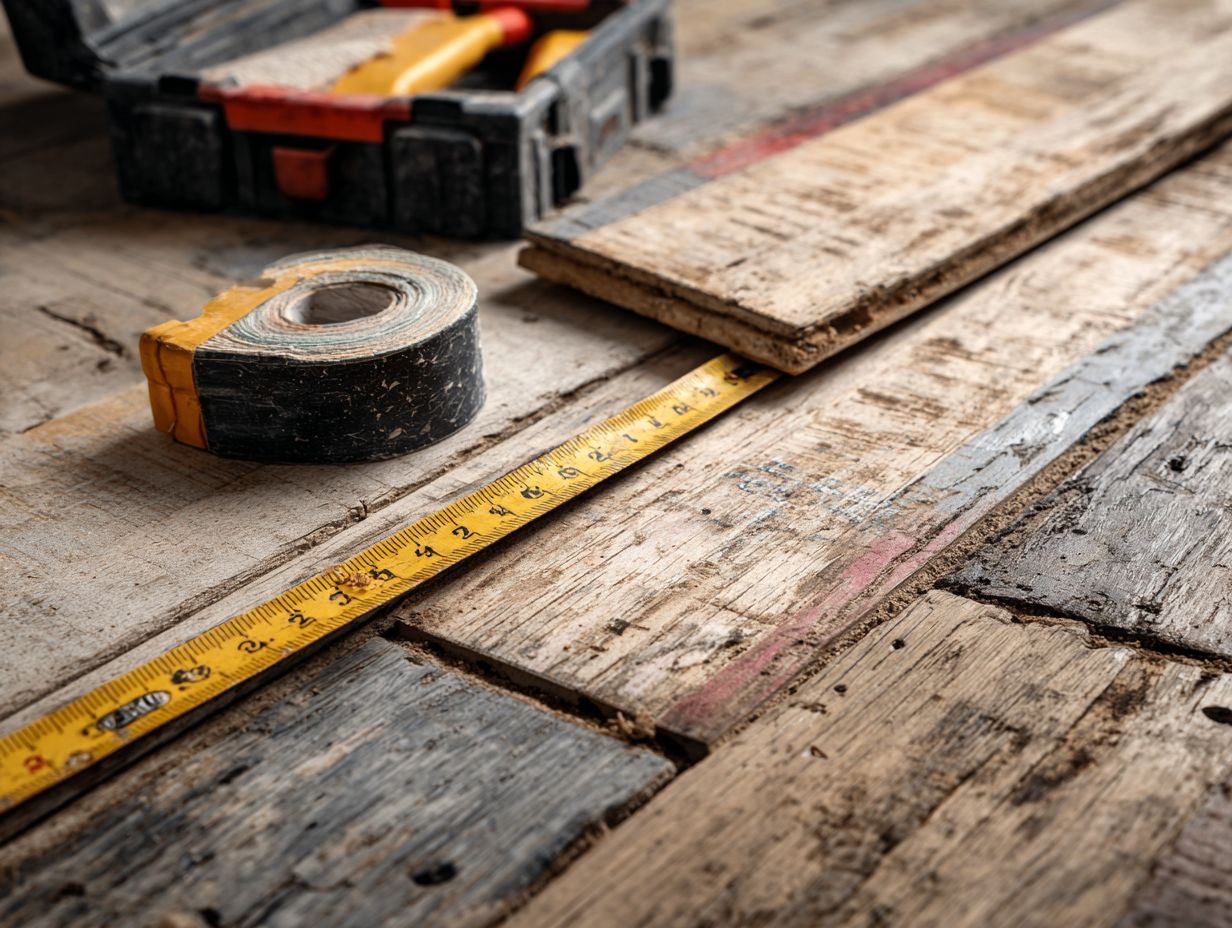
It’s best to call a professional to save time and prevent further damage, especially if the vinyl planks are separating badly or if there are significant moisture problems.
Signs You Need Expert Help
Certain signs indicate the necessity for professional help, including extensive separation, warping, or prolonged moisture issues that DIY fixes can’t address.
Homeowners should look out for odd signs like regular puddles in the same spots or a constant musty smell-both indicate concealed water damage.
If you notice cracks wider than a quarter inch or doors and windows that stick, these may signal structural shifts requiring expert evaluation.
You can use moisture meters to find wet areas, but it’s important to call a licensed contractor if you find any. This will help stop more damage and make sure the repairs are done correctly.
Choosing the Right Flooring Professional
Selecting the right flooring professional is essential for effective repairs, ensuring they are qualified to handle vinyl plank flooring issues appropriately.
- Start by verifying their certifications, which can include manufacturer’s training for specific flooring types.
- Next, read customer reviews on platforms like Yelp or Angie’s List to gauge past performance.
- Ask to see examples of previous projects; a good contractor should be able to provide photos and references.
In Chicago, the cost for installation work ranges from $2.50 to $5.50 per square foot. Get multiple quotes to confirm you are paying a reasonable amount.
Frequently Asked Questions
What causes vinyl plank separation?
Vinyl planks can separate for a few reasons: incorrect installation, temperature shifts, and contact with water or dampness.
Can vinyl plank separation be prevented?
Yes, vinyl plank separation can be prevented by ensuring proper installation techniques, maintaining a consistent temperature in the room, and keeping the flooring dry and free from excessive moisture.
What can I do if my vinyl planks are already separating?
If your vinyl planks are already starting to separate, you can try using a heat gun to soften the planks and then press them back together. If the gap is large, consider getting new planks to fix the damage.
Are there any long-term solutions for vinyl plank separation?
One long-term solution for vinyl plank separation is to use a high-quality adhesive during installation. This can help avoid separation later and hold the planks firmly together.
Can extreme temperatures cause vinyl plank separation?
Yes, extreme temperatures can cause vinyl plank separation. When the temperature changes, the planks can expand or contract, leading to gaps between them. This is why maintaining a consistent temperature in the room is important.
Is there a way to repair separated vinyl planks without replacing them?
If the separation is minor, you can try using a seam sealer designed for vinyl flooring. This can help fill in the gaps and hold the planks in place. However, in very bad cases, you may need to replace the damaged planks to fix the problem correctly.
